
Everything new is well-forgotten old. This statement is true for a lot of things, including some garden crops. Such as rutabaga, for example. Everyone has heard about it, but most of us have a very vague idea about rutabaga. But in recent years, everything has changed: seeds of varieties and hybrids of rutabaga have appeared on sale.
And anyone who has traveled to the northern countries of Western Europe or is interested in their cuisine may have met with a vegetable called rutabaga. In some cities, vegetarian restaurants with this name are even open. The fact is that many peoples of the European north (Sweden, Finland, Norway, England, Holland, Germany), as well as Canada and the USA have traditional dishes from this root vegetable — raw, boiled, fried or stewed. So what does it represent?
Swede on the beds
Rutabaga belongs to the Brassicaceae family, it is a cross between cabbage and turnips. Experts believe that this culture is the fruit of cross-pollination, but it was not possible to establish where it happened, on the territory of Scandinavia (however, this happened back in the days when there were no borders).
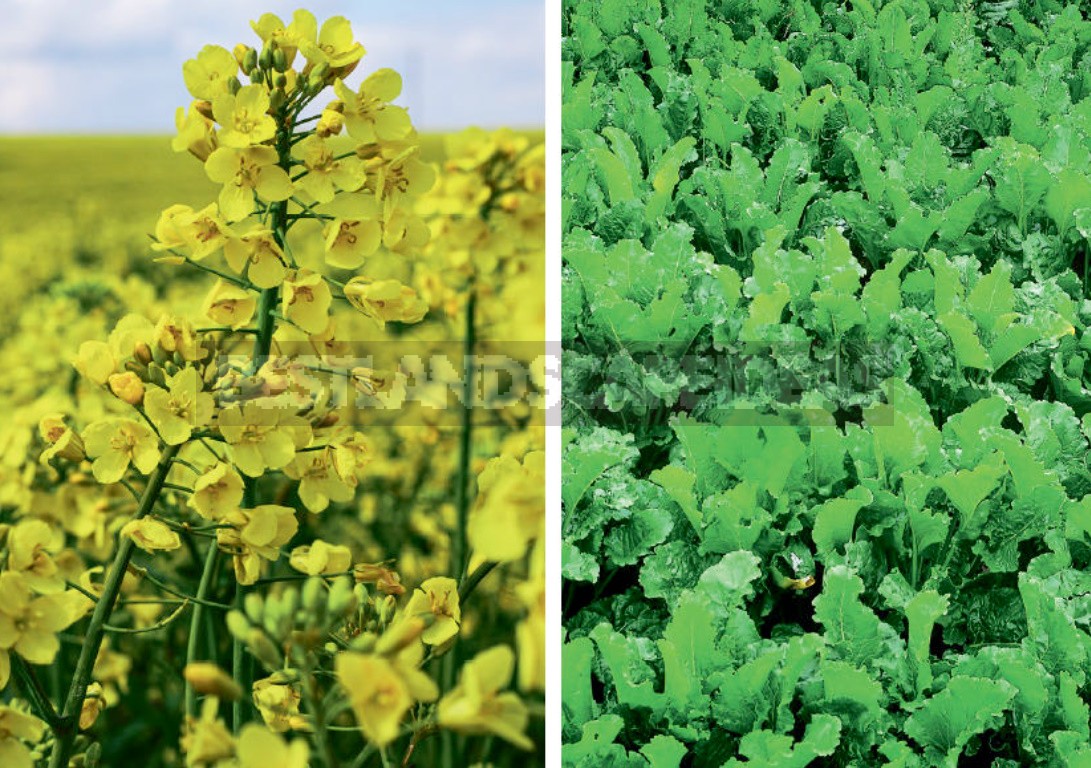
One of the names by which rutabaga is known in the world is Swedish turnip, or simply Swedish. In any case, the character of this vegetable is quite Nordic, persistent. Rutabaga begins to germinate from seeds already at two or three degrees of heat, it easily tolerates frosts and is stored in a cool dark room until the next harvest. And the most remarkable thing is that at the same time (as well as during heat treatment) it retains all the vitamins and other useful substances. As for the taste, it is a cross between a cabbage stalk (or broccoli) and a turnip.
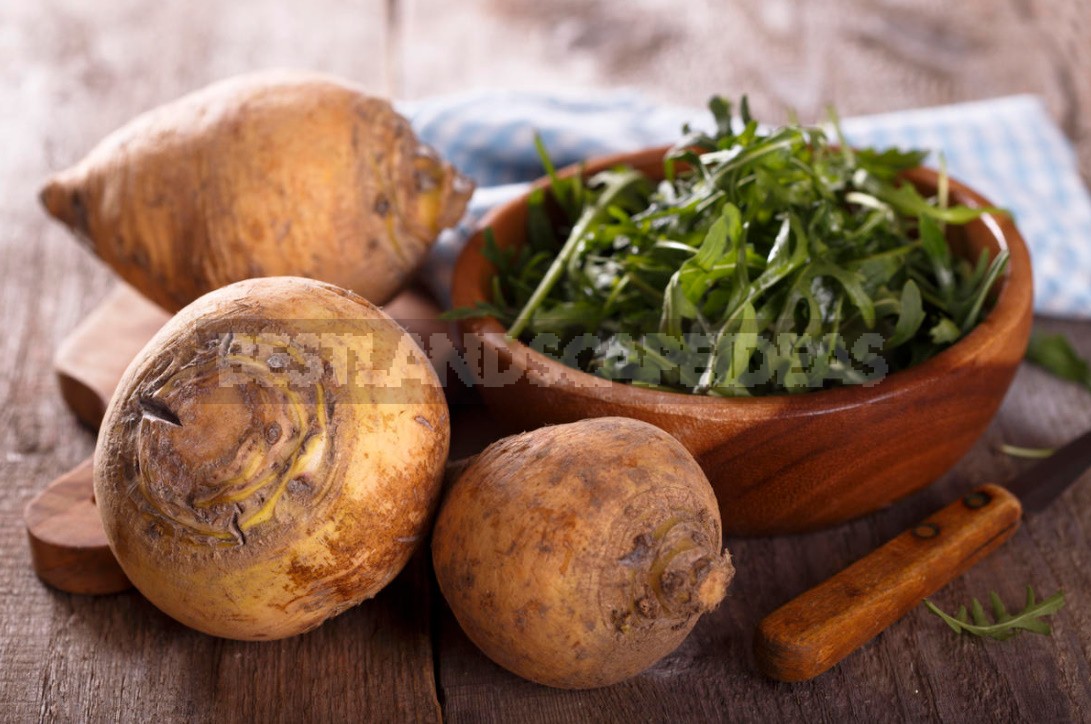
In addition, there are two varieties — feed rutabaga and canteen, the first with a white pulp and rougher (but very unpretentious and productive), the second inside is yellow — sweeter and sweeter.
Important: rutabaga is a vegetable rich in its chemical composition. Its pulp contains proteins, B vitamins, a lot of vitamin C, rutin, starch, fiber, mineral salts (especially a lot of potassium, calcium, iodine), pectin substances. Therefore, this root vegetable is especially useful for children and the elderly, as well as for those who monitor their weight or eat exclusively plant food. And the content of mustard oil and other useful substances in rutabaga makes it also a medicinal plant.
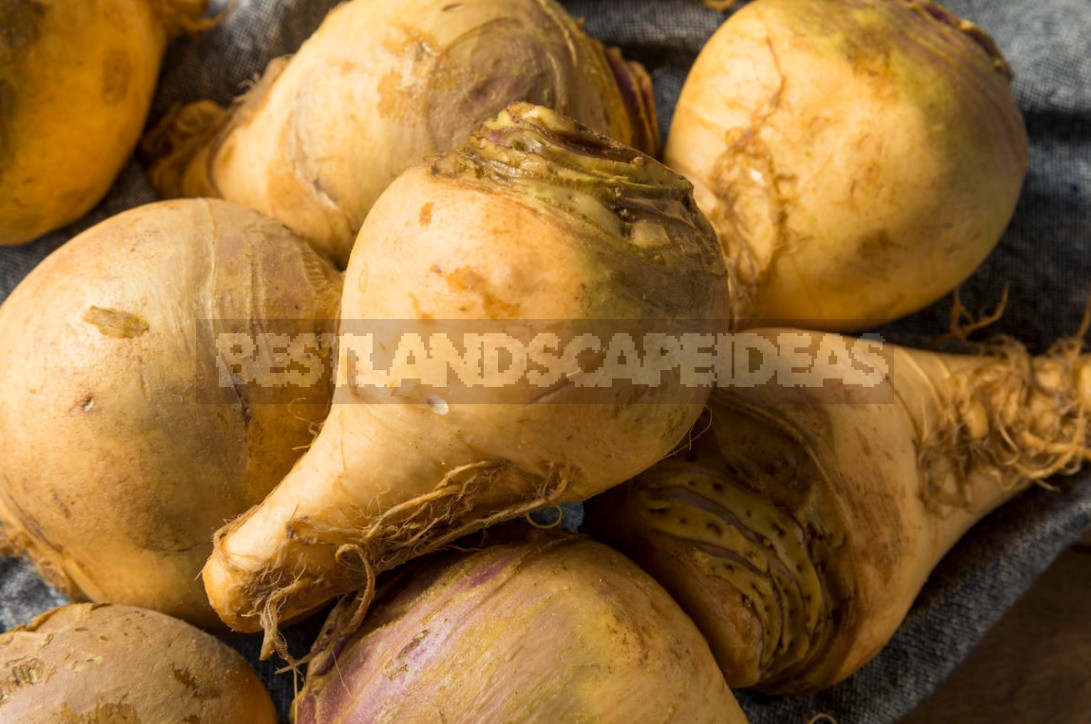
Today, when we got carried away with a healthy diet, interest in this vegetable has arisen again. This is also evident from the number of registered varieties. On sale you can find seeds of varieties and hybrids of foreign selection (the Netherlands, Canada, Germany). So there is a choice both in terms of maturation, and in appearance, taste of the root crop, its yield and resistance to blooming and diseases.
The most-the most: we choose the varieties of rutabaga
One of the earliest new varieties of rutabaga is the ‘Bright Dream’: the crop can be harvested already 65-70 days after germination. Root vegetables (300-350 g) are elongated, yellow, the flesh is also yellow, juicy, tender.
Relatively small root crops of the ‘Vereyskaya’ variety — 250-300 g, but flat-rounded yellow-purple turnips also ripen quite quickly — in 85-90 days. Their flesh is yellow, juicy, tender.
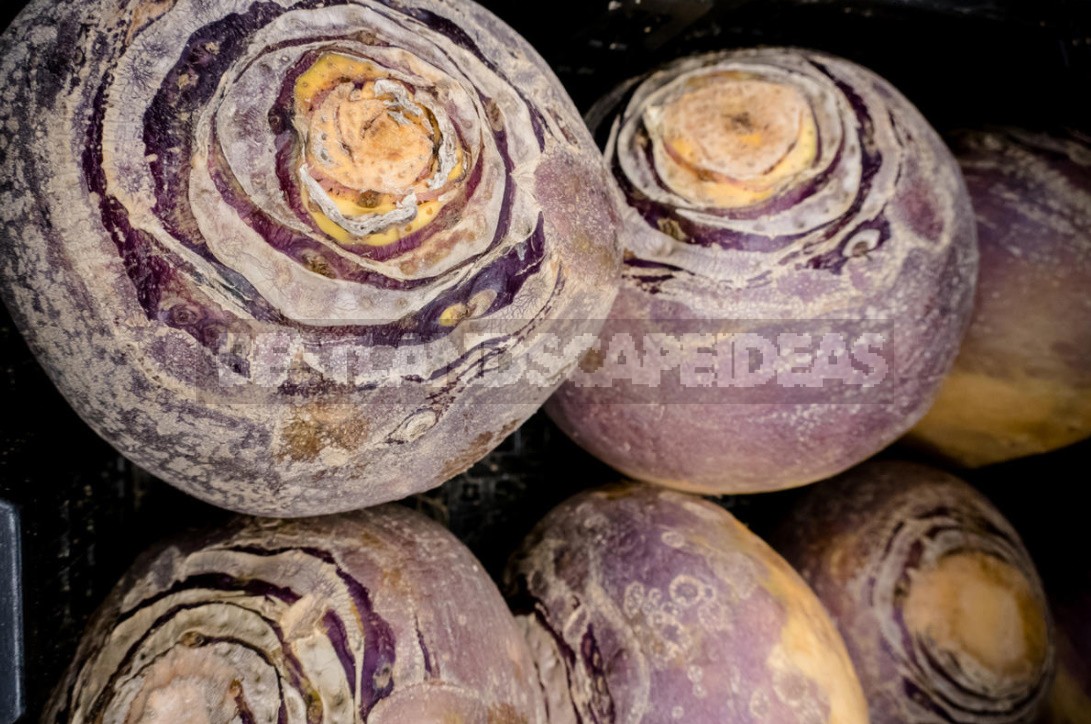
Slightly larger (300-400 g), but the same yellow-purple outside and yellow inside rounded root crops of the variety ‘Hera’, they ripen at about the same time.
In the middle-early variety ‘Wilma’ it takes 90-115 days from germination to technical ripeness. The root crop is round-oval, tapering down, light yellow with a gray-green head grows up to 300-500 g. Its flesh is creamy-yellow, juicy. The main advantages of this variety are the high content of vitamins, mineral salts and trace elements, as well as the ability to be perfectly stored in winter.
The medium-early variety ‘Children’s Love’ is not inferior in the amount of vitamins and other useful substances (from germination to harvesting 90-110 days). The root crop is round-oval, light yellow, with a gray–green head, weighing up to 500 g, with a creamy-yellow dense juicy and delicious pulp.
Varieties with an average maturation period, which takes from 100 to 130 days from germination to maturity, usually have large root crops — half a kilogram or more.
Seeds of imported varieties are more difficult to find on sale, but it is also possible. One of the sweetest and largest root vegetables in the hybrid ‘Brora F1’. Root crops are dug out in late autumn, their skin is purple with a white tip, and the flesh is yellow.
And the rutabaga ‘Selectes Purple Top F1’ is also a very beautiful plant: it has large rich green leaves on neat legs and rounded aligned root crops of pink and white color, the flesh is tender, yellow-white.
Among the best imported varieties can be called ‘Elephant (Monarch) F1’, which is distinguished by huge fruits with a thick yellow-green peel with burgundy shades at the top and yellow flesh.
There are many other interesting varieties and hybrids-productive, hardy and delicious.
By the way: in the British Isles (before the pumpkin appeared in the Old World), rutabaga was used as lanterns for protection from evil spirits on Halloween. Local children wandered the streets in scary masks and with carved turnips with candles inside, they were called “crazy heads”. They say that the smell of burnt rutabaga was one of the most memorable impressions.



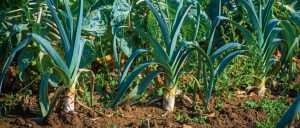
Leave a Reply